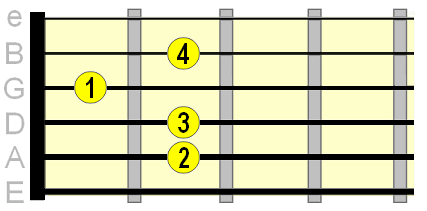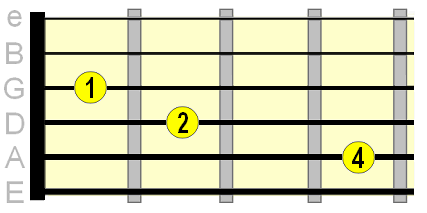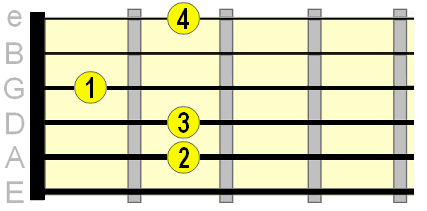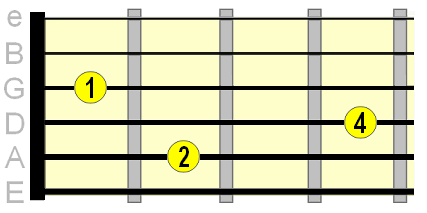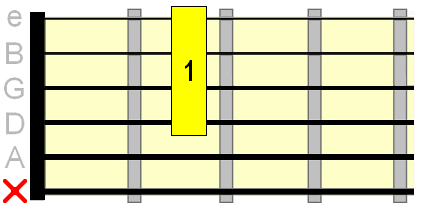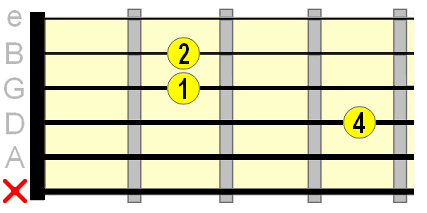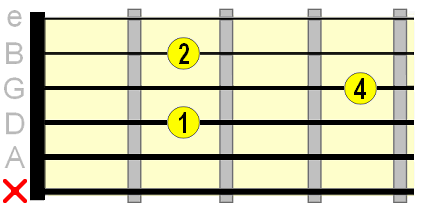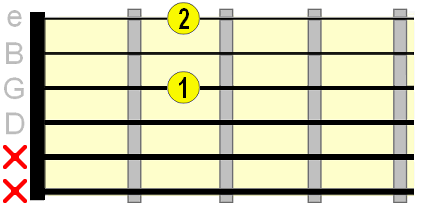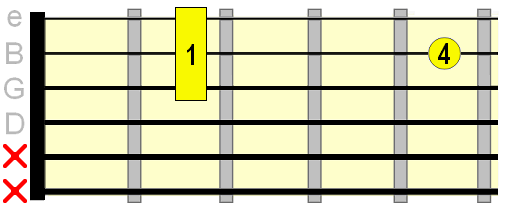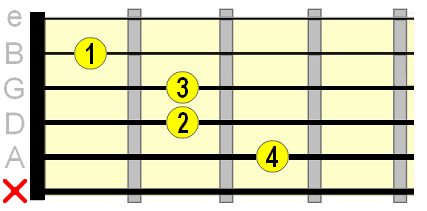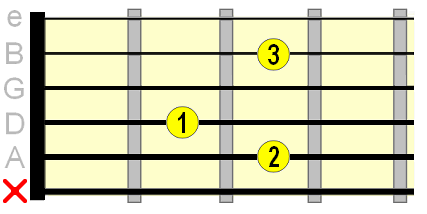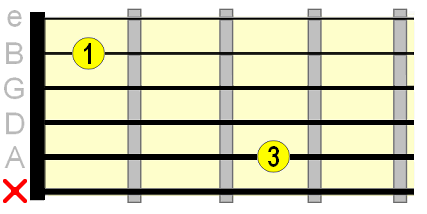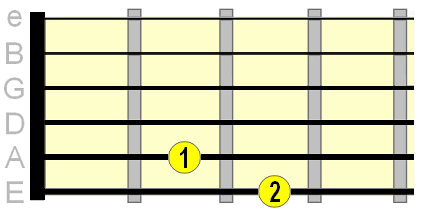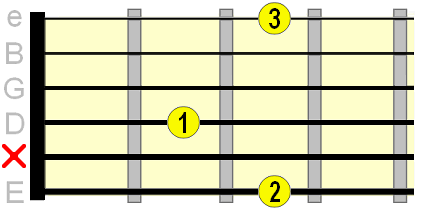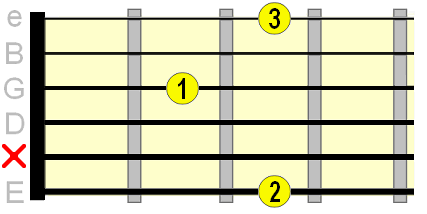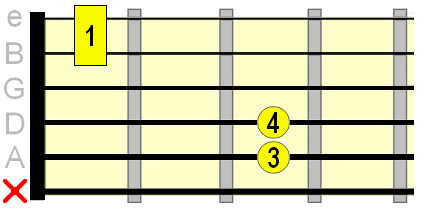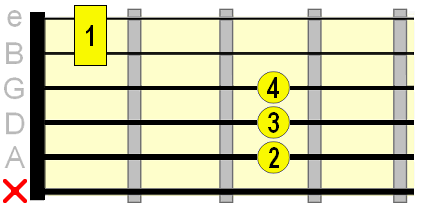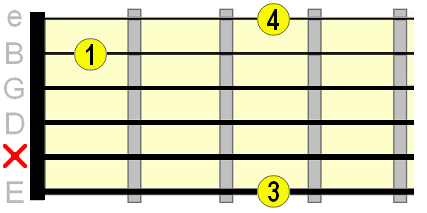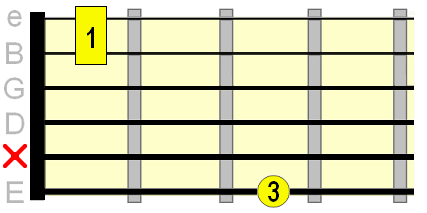Add & Suspended Open Guitar Chords
If you've been through the first three parts of this basic guitar chords series, you'll have learned quite a large library of chords to play around with. We know the major and minor open shapes, plus the various open 7th chords that add some depth to those basic chords.In this lesson we'll explore yet more interesting variations on those basic major/minor chord forms.
By adding and changing notes in chords you can make them sound more colourful. It gives your chord learning a touch of experimentation and individuality.
First, a short introduction to the chords we're about to learn...Modifying the basic major and minor open chords
There are many chords you can create using the basic E, A, D, C, G forms (major and minor) as the foundation.The idea is, when creating your own music, instead of just playing a straight E major chord (for example), you'll think about variations that might sound more interesting, such as E7 or Eadd6 (more on "add" chords in a moment).
Just to be clear though, don't feel like you MUST use a more elaborate chord through every chord change in your song. Sometimes those basic open chords are the perfect chord to use.
It's ultimately about opening up your creative ideas and choices. I'm just giving you a wider range of those choices!
Open major add chords
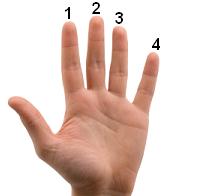 Not
wanting to
go into too much heavy theory right
now, "add" chords (also known as added
tone chords)
are basically major and minor chords with notes added to them (yeh that
was pretty obvious!).
Not
wanting to
go into too much heavy theory right
now, "add" chords (also known as added
tone chords)
are basically major and minor chords with notes added to them (yeh that
was pretty obvious!).
So all we're doing is adding notes to the basic major and minor chords we learned in the first two parts of this series. Let's take a look at some examples, but don't worry about what the numbers after the "add" mean right now. Just learn to associate the name of the chord with the shape it creates on the fretboard and its sound.
Click the diagrams to hear the chord.
Tip: Try using the same added notes with the 7th chords we learned in part 3 (where the fingering allows).
Start with the basic 7th chord (e.g. A7, Amaj7) and add the same notes/strings as we did with the chords above. You'll have to work out the fingerings you find most comfortable as you'll be using all 4 fingers in most cases!Open minor add chords
Notice how it's exactly the same notes we're adding, the only difference being we're adding them to the basic minor chords (from part 1)!
Emadd6
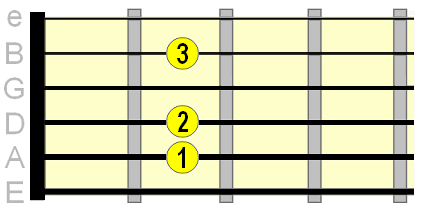 |
Emadd9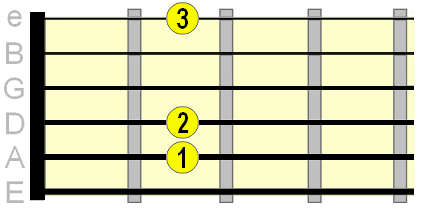 |
Emadd9
Variation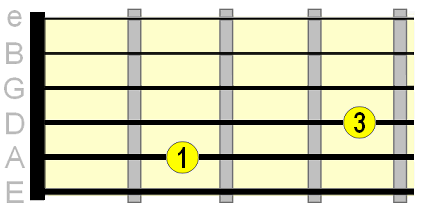 |
Amadd6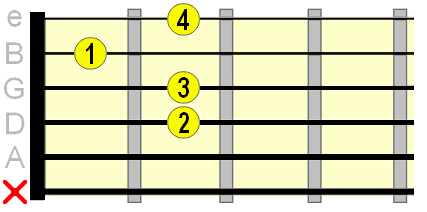 |
Amadd6
Variation |
Amadd9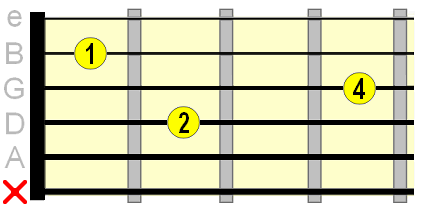 |
Dmadd6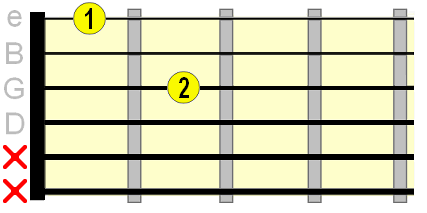 |
Gmadd6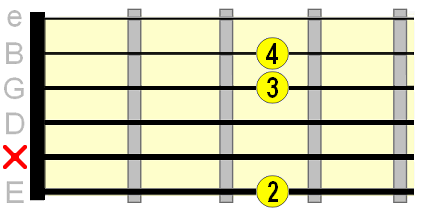 |
Tip: You can also try adding the same notes to the minor 7th chords we learned in part 3.
Suspended open guitar chords
Again, I don't want you to get caught up in what "suspended" means right now, but these chords have a particular sound you should get to know. Don't forget you can also apply the "sus" to dominant 7th chords from part 3 and, where possible, the "add" chords from above. Experiment!
Suspended 4th (sus4) chords
Esus4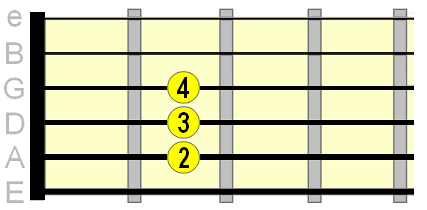 |
E7sus4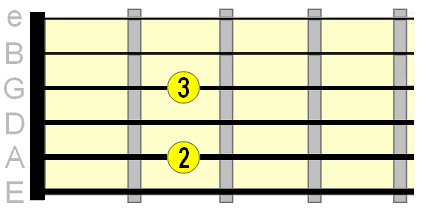 |
Asus4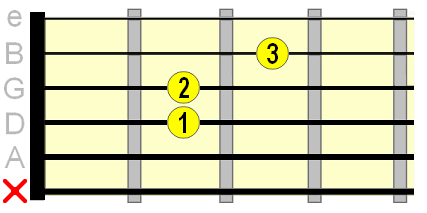 |
A7sus4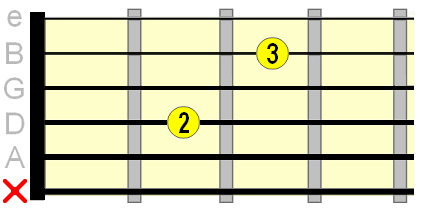 |
Dsus4
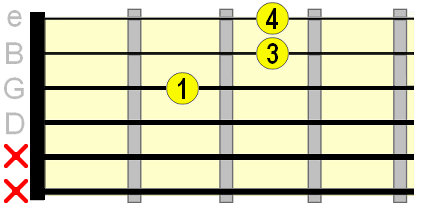 |
D7sus4
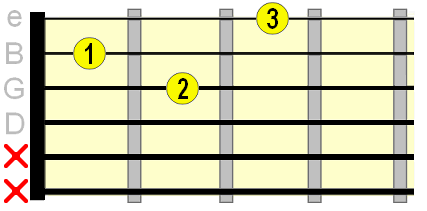 |
Suspended 2nd (sus2) chords
Asus2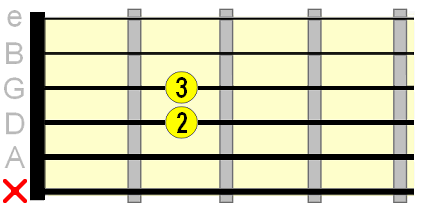 |
A7sus2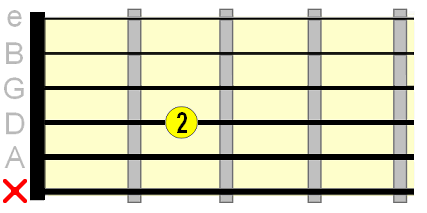 |
Dsus2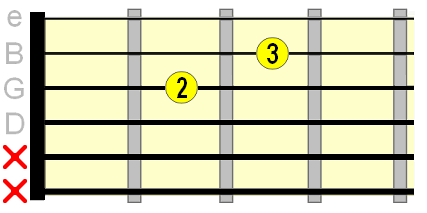 |
D7sus2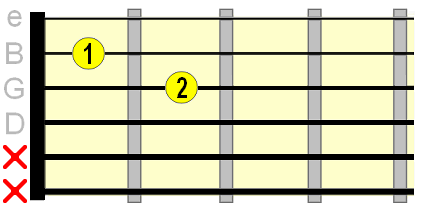 |
Gsus2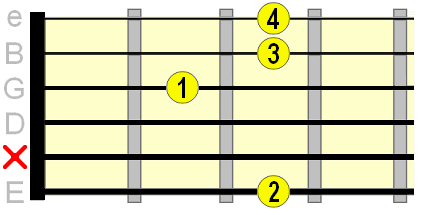 |
|
If you've followed this course closely and really made an effort to KNOW these chords and experiment with their variations, you will now have a huge library of chords to use in your own songwriting.
Enjoy and use the knowledge you now have, because many guitarists get stuck using the same old chords over and over again which ultimately limits their creativity. That won't be you!
| |
Tweet |
Sign up to the newsletter for updates and grab your free Uncommon Chords book
Related
More Beginner Guitar Lessons
Learn More Guitar Chords





